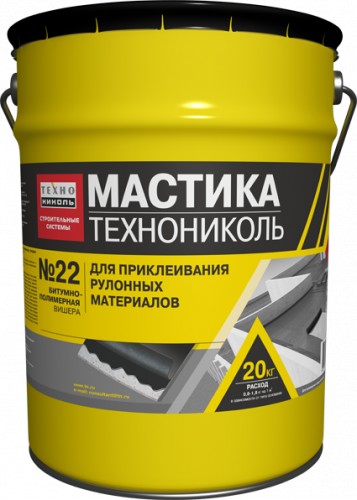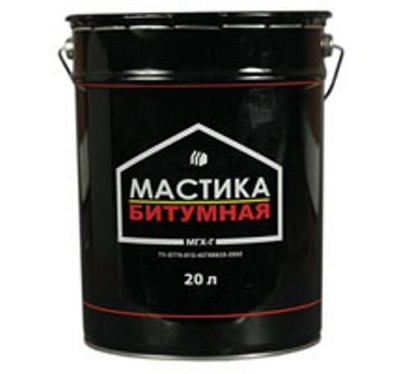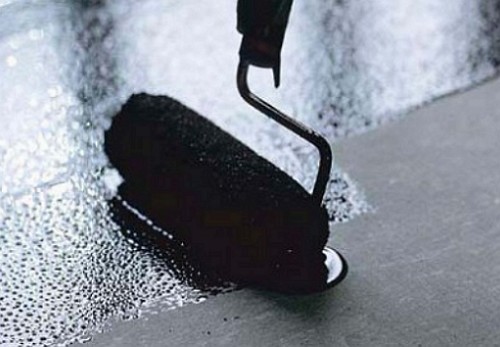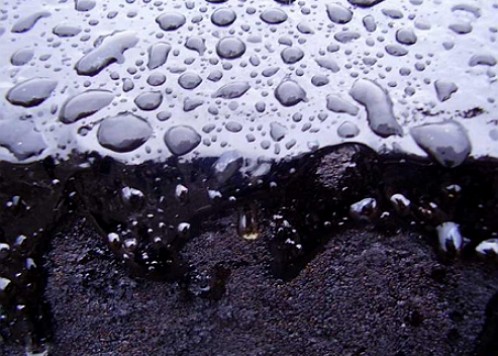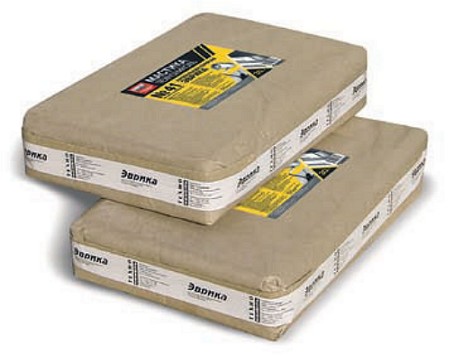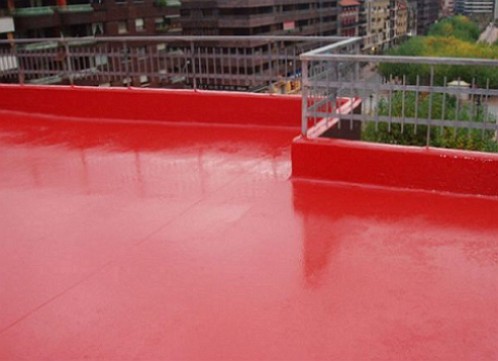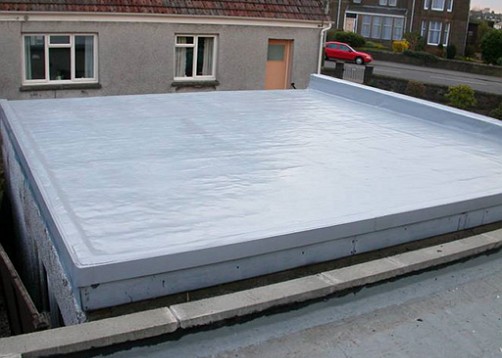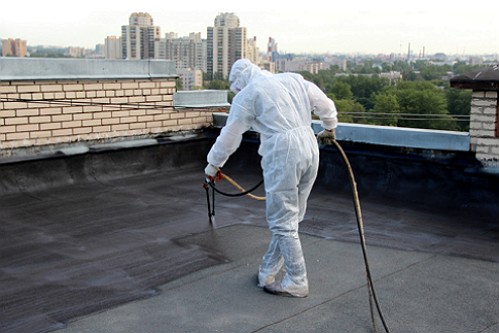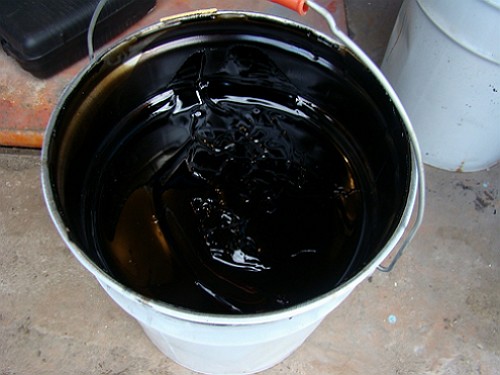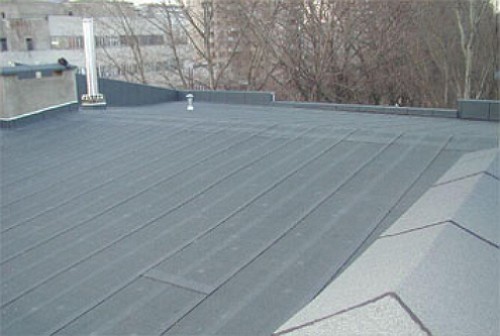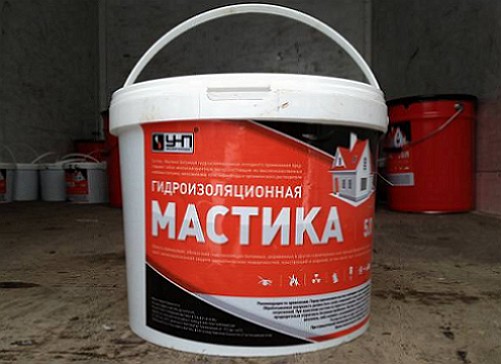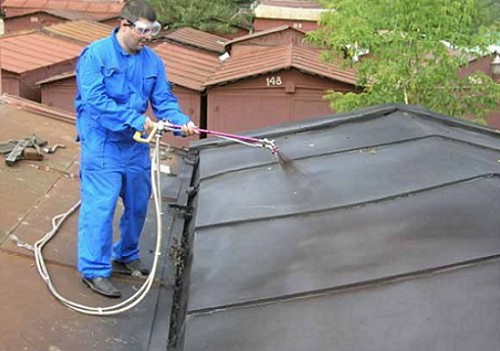Speaking of the roof, there is always a reliable and durable design. Therefore, the creation of the roof is unthinkable without the use of roof mastics, which possess truly grandiose properties. However, the right choice of mastic material has not been canceled yet, and mastic should be applied according to certain methods and rules, which I want to talk about.
Content
What is a roofing mastic
Among the variety of roofing materials mastic holds a special place. Mastic roofing is a mixture consisting of artificial substances, or rather organic binders with fillers and mineral additives.
Among waterproofing materials, mastic is a sufficiently plastic disperse system with filler particles. What is the composition of waterproofing mastics, and in what cases is it appropriate to use it?
The field of application of mastic waterproofing roofing is presented in this video.
Classification of roofing mastics
Classification of mastics roofing depends on the type of astringent. The following types of mastics should be distinguished:
• bituminous
• rubber bituminous
• bitumen-polymer.
As a filler, which significantly increases heat resistance, and reduce the specific gravity of the binder, use asbestos or asbestos fibers, mineral wool or limestone fine powders. It is allowed to use both fibrous and powder fillers.
Mastic bitumen roofing and waterproofing has the designation:
MBK-G- (figure), where the figure denotes the degree of heat resistance.
By the nature of consistency and the conditions of application of mastic are:
• hot, requiring preheating before application (up to 160 degrees)
• cold, containing solvent
• water based.
hot mastic
Mastic roofing hot is used and is successfully used in the construction of all types of roofing, as well as waterproofing structures, for leveling and gluing of roll materials, as well as a device for joining roofing carpet. Hot mastic roofing technonikol is made of bitumen roofing, modified with polymers and filler.
The method of applying the mastic is to warm up the material and apply in a liquid state to the primed surface.
The main characteristics of bituminous roofing hot mastic are the parameters: heat resistance and softening temperature of the material.
cold mastic
Roofing cold mastic is designed for use in the installation or repair of roofing, waterproofing structures and metal structures.
Mastic cold is fully ready for use. Mastic is applied layer by layer, using means of minor mechanization or manually. Consumption of material with the device of mastic roof is up to 5.7 kg / m2, and with the waterproofing layer device up to 3.5 kg / m2.
water-based mastic
Mastic bitumen-polymer on a water basis is intended for the device of internal waterproofing, repair of a roof, and also waterproofing of buildings. This water-based mastic is completely ready for use and application.
By appointment, the mastics are divided into the following types:
• waterproofing
• anti-corrosion
• gluing
• Insulating.
Main characteristics of waterproofing mastic:
• shear strength of the waterproofing joint, 2.0 N / m
• water absorption for 24 hours, 0.4%
• Softening temperature, 80 degrees.
The main characteristics of the adhesive mastic are:
• adhesion strength to the working base, 0.1 MPa
• heat resistance for 24 hours, 90 deg.
Based on the classification of roofing mastics, they are subject to certain operational requirements, namely: the mastic roofing waterproofing must have a homogeneous structure without visible inclusions of the filler particles. Mastic should be well distributed throughout the surface of application, not allocating harmful substances into the environment above the permissible and regulated norms.
The main quality of mastics should be durability. In practice this means the stability of the regulatory characteristics in the process of using the used coating in the operating temperature range.
What is the foundation under the roof of the mastic
In most cases, the flooring under the roof is mastic. Plates of overlapping factory production can be made of their concrete and reinforced concrete. The main requirement is a smooth working surface of the plates. However, roofs from monolithic slabs or insulation boards rarely have a perfectly flat and sturdy surface.
The solution to the problem is priming directly on the surface or screed. For these purposes, use a cold bituminous primer, which is preheated and cooled to a temperature of 20 degrees. It is recommended to thoroughly mix the primer solution in order to prevent the formation of lumps and conglomerates of undissolved bitumen.
Prepared in this way, the primer is applied with a paint brush based on the material of 200 grams of primer per one square meter. The thickness of the primer layer should be at least 2-4 mm for complete closure of the pores and microcracks.
Technologically, the mastic roof consists of several layers. The first layer, which prepares the base for subsequent waterproofing, is a layer of hot mastic.
Rules for the application of roofing mastics
Roofing mastic is applied to the work surface according to a certain scheme, which involves a sequence of actions. Before applying layers of mastic, the surface is primed. As a primer, bitumen emulsion paste is used, which is in the diluted state. Then the main layers of mastic are applied roofing, the number of which depends on the angle of the roof.
Waterproofing roofing mastic is applied using a roller or spatula. The applied layer should not be very thick or create streaks. After applying the first layer of the roller, wait for the necessary time for it to dry completely, and then continue to apply subsequent layers.
To strengthen the layer of mastic carpet in places where moisture may accumulate, a reinforcement layer is applied. The protective layer of carpet in the form of cladding is final. This layer is arranged from the sprinkling of gravel or sand, as well as the surface to be painted.



